
Zarch Qanat of Yazd
Qanat or Kariz is an ancient Iranian system for transferring underground water through the tunnels that supply mountain water to dry lower places by gravity. Zarch Qanat, which extends from Fahraj Village to Zarch, is one of the longest and oldest qanats in the world, which according to some experts, was constructed in the pre-Islam period and is about 3500 years old.
History of Zarch Qanat
After passing through the villages of Fahraj, Khoydak, Dehno, and Akramiyeh, the Zarch Qanat enters the city of Yazd. Thereafter, it passes through different neighborhoods of Yazd and eventually flows towards Zarch Village.
After the advent of Islam in Iran, the Jame’ Mosque of Yazd was built on this qanat and several vertical wells dug along the path of the qanat are located within the vicinity of this mosque to cater to its water requirements.
One of the unique features of the Zarch Qanat is that while the sub-wells of other qanats were usually dug with a circular or oval shape opening, the sub-wells of this qanat have been dug in a square shape, which was in practice during the Zoroastrian era.
Zarch Qanat has three main branches: Shur, Shirin, and Ebrahim Khoidaki, of which only the Shur branch is presently flowing. This branch is 72 km long and passes through the Jame’ Mosque of Yazd. A total of 2115 wells have been dug along the route of this qanat, the depth of the main well (the main well that is the main source of water) is about 85 meters, and about 800 households who are engaged in agriculture have a share in its water. During its full operation, this qanat irrigated nearly 25 hectares of orchards in Yazd, including pomegranate, grape, fig, apple, pistachio, and peach orchards, and about 400 hectares of the city’s agricultural land.
The water flow of the Shur branch of the Zarch Qanat is different in different parts. For example, in the upstream part where the water pressure is higher, the water flow reaches 60 liters per second, and in the opening part (the last place where the water exits) it is about 28 liters per second. The water level of this qanat decreases during periods of drought and increases during seasonal rains. As the name of this branch suggests the taste of its water is somewhat salty, which is due to the construction of its mother well in the saline water area.
How Was the Water of Zarch Qanat Shared?
In order to organize and distribute the water from this qanat, councils were usually formed in each region with the presence of local trustees. Usually, such a council had five members who represented the owners and beneficiaries of the qanat one of whom was chosen as a plenipotentiary representative and was the liaison between farmers and administrations for one year. Among the five people, two people were chosen as Mirab (a person in charge of distributing the water) for one year one of whom had the duty to work at the source and the other person supervised the activity of the qanat at the end part.
Each Mirab had the duty to determine the turns the farmers had to receive their share of water and the farmers had to pay their wages in accordance with their share of water. It was customary that every 15 days, every Mirab was to be rewarded.
Changes in Zarch Qanat
Until a few years ago, the water flow of the Zarch Qanat reached more than 150 liters per second, but in recent years, due to excessive extraction of underground water, the water flow of this qanat has decreased drastically and two of its three branches have dried up. In some places, the roofs and walls of the qanat have collapsed due to the extensive expansion of urbanization. The entry of city sewage into the water transfer tunnel is another problem that has emerged in the past few decades. The World Heritage Management Plan intended for this historical work has controlled some of the damaging factors and if it is done properly, this qanat will continue to be functional.
Visiting the Zarch Qanat
The Zarch Qanat is presently one of the historical and cultural monuments of Yazd and is accessible to those interested. One of the entrances of this qanat is located on Seyyed Golrokh Street in the Koushkno neighborhood, which has been specially designated for visiting the qanat.
The Zarch Qanat was inscribed on the list of Iran’s national heritage in the year 2005 AD and subsequently - along with 10 other qanats - on the UNESCO World Heritage in the year 2016 AD/
Qanat or Kariz is an ancient Iranian system for transferring underground water through the tunnels that supply mountain water to dry lower places by gravity.
| Name | Zarch Qanat of Yazd |
| Country | Iran |
| State | Yazd |
| City | Yazd |
| Type | Historical |
| Registration | Unesco |
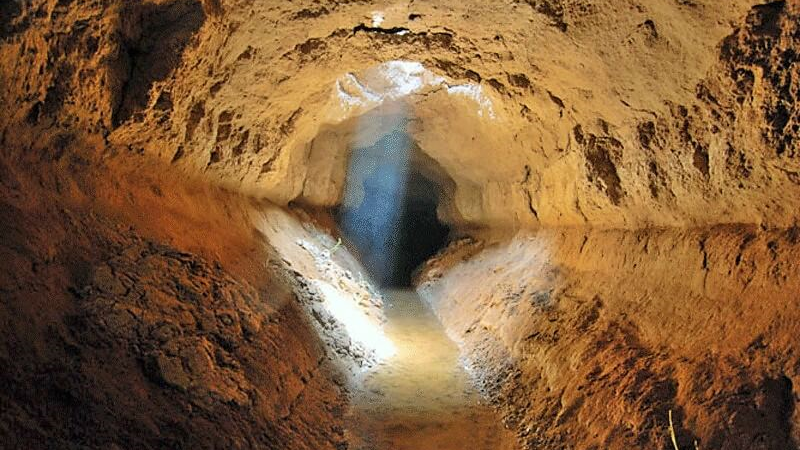
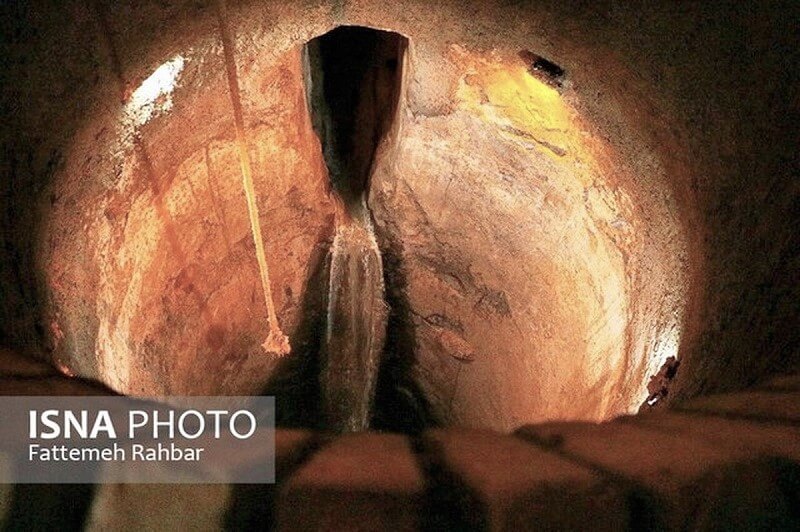
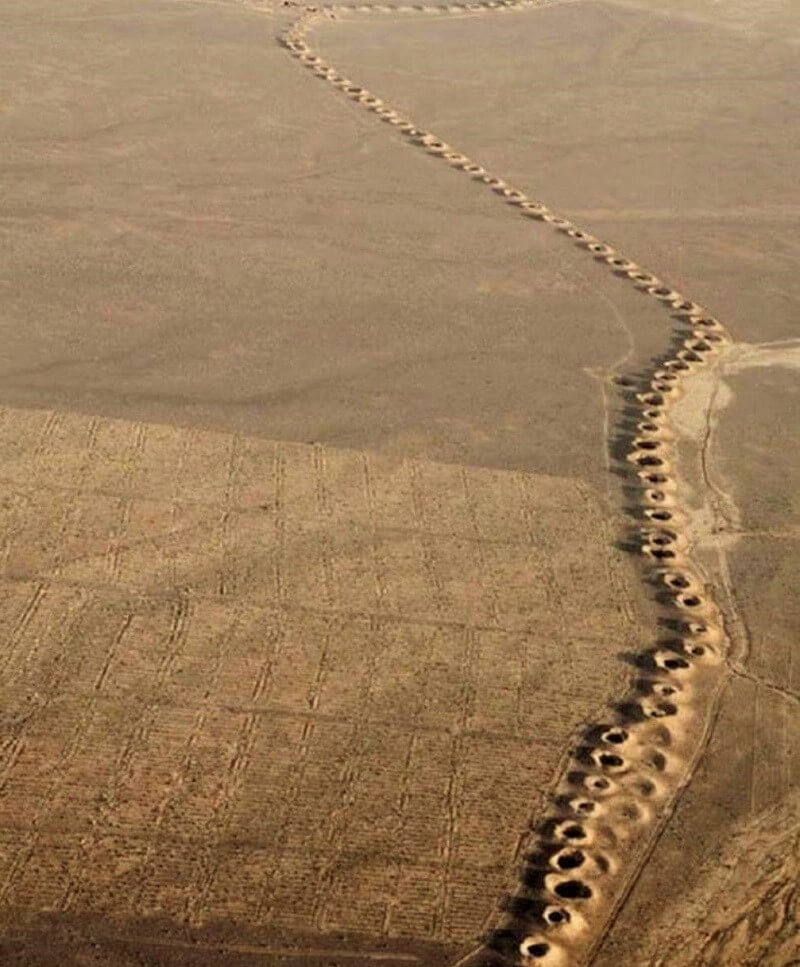



Choose blindless
Red blindless Green blindless Blue blindless Red hard to see Green hard to see Blue hard to see Monochrome Special MonochromeFont size change:
Change word spacing:
Change line height:
Change mouse type:




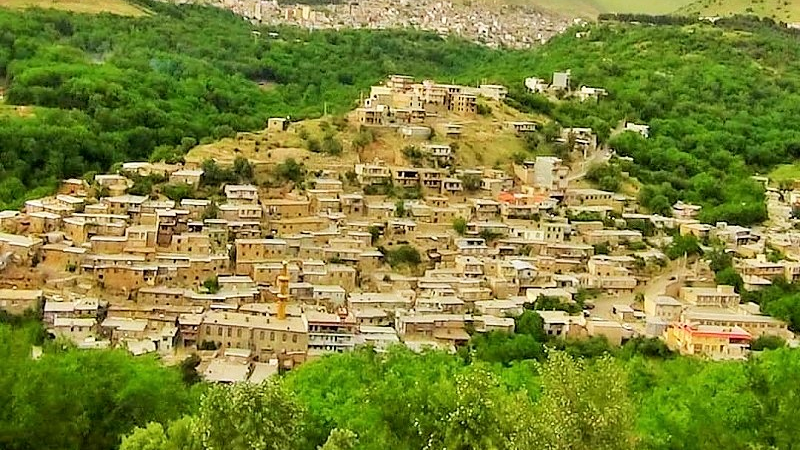
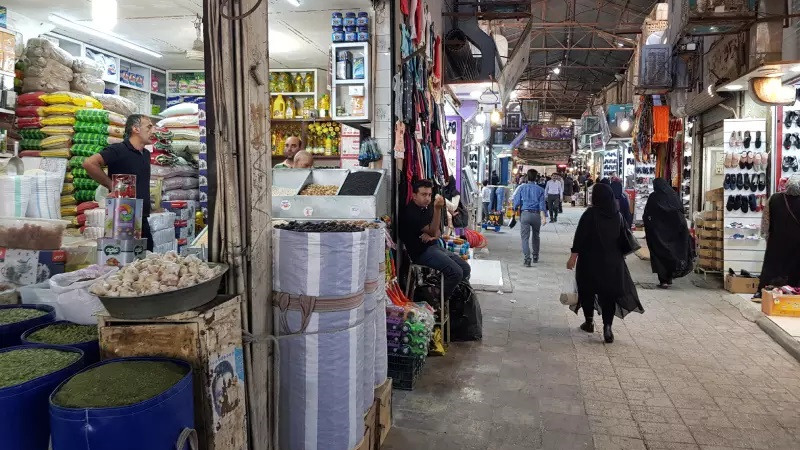
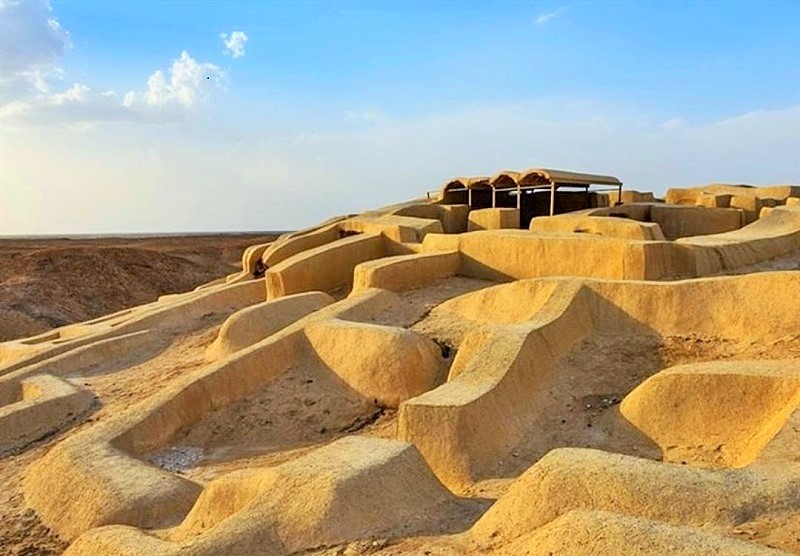
_crop_1.jpg)
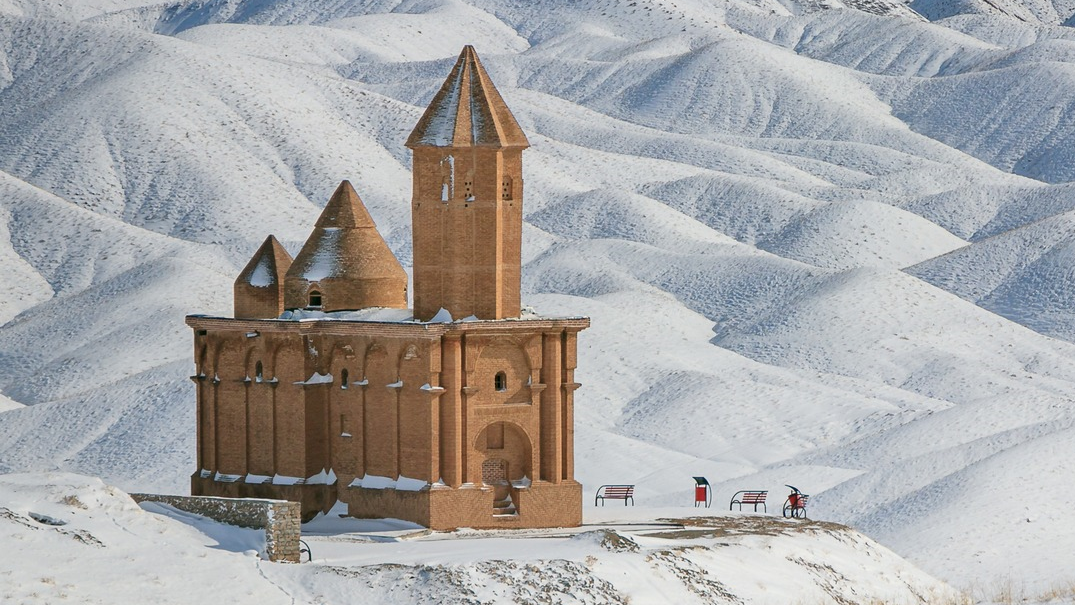
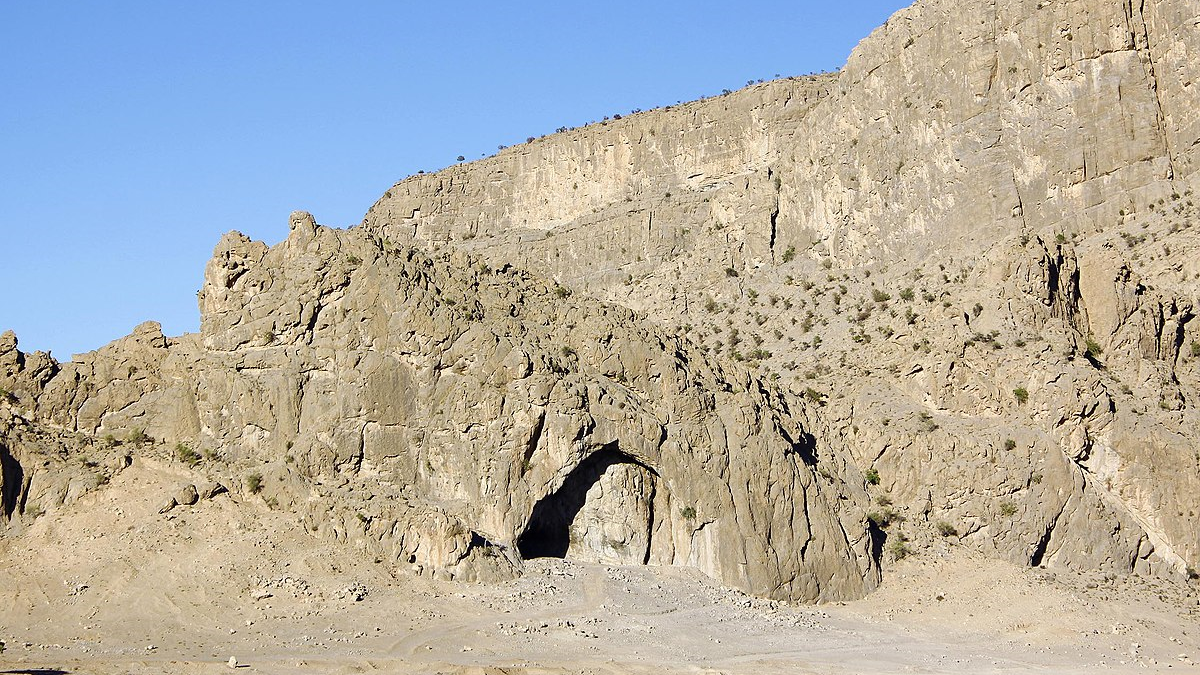

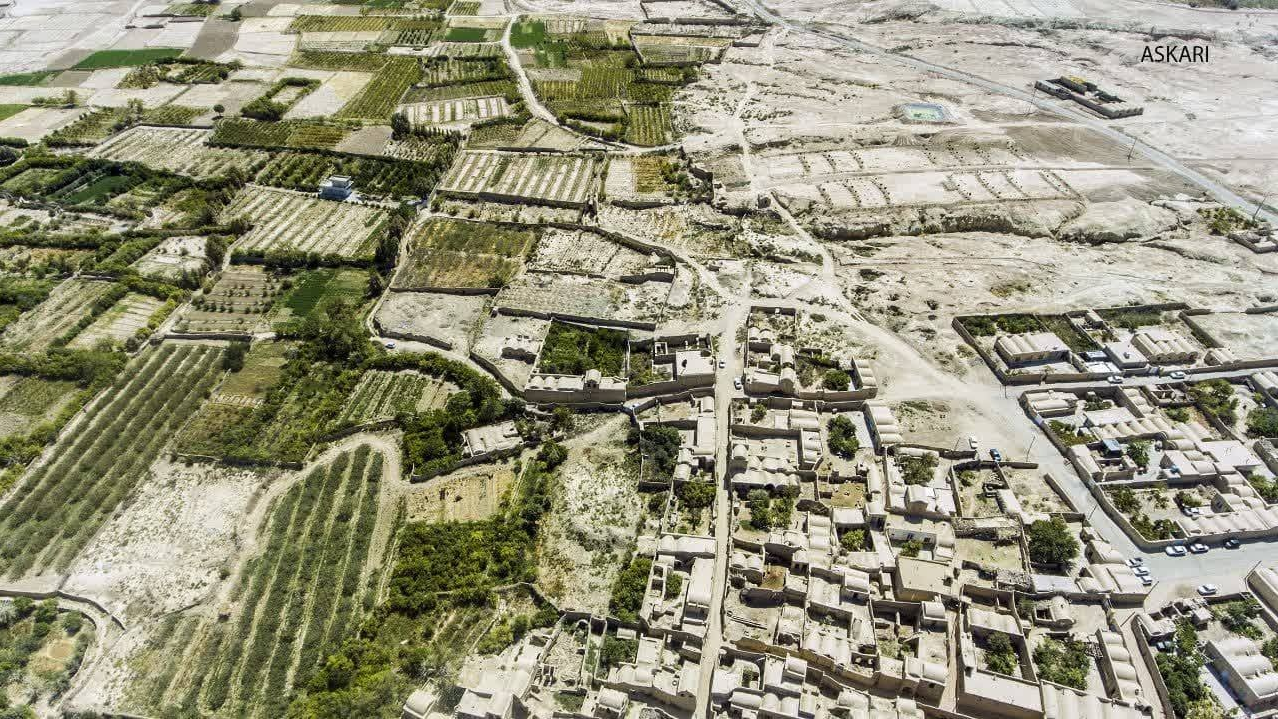


_crop_2.jpg)